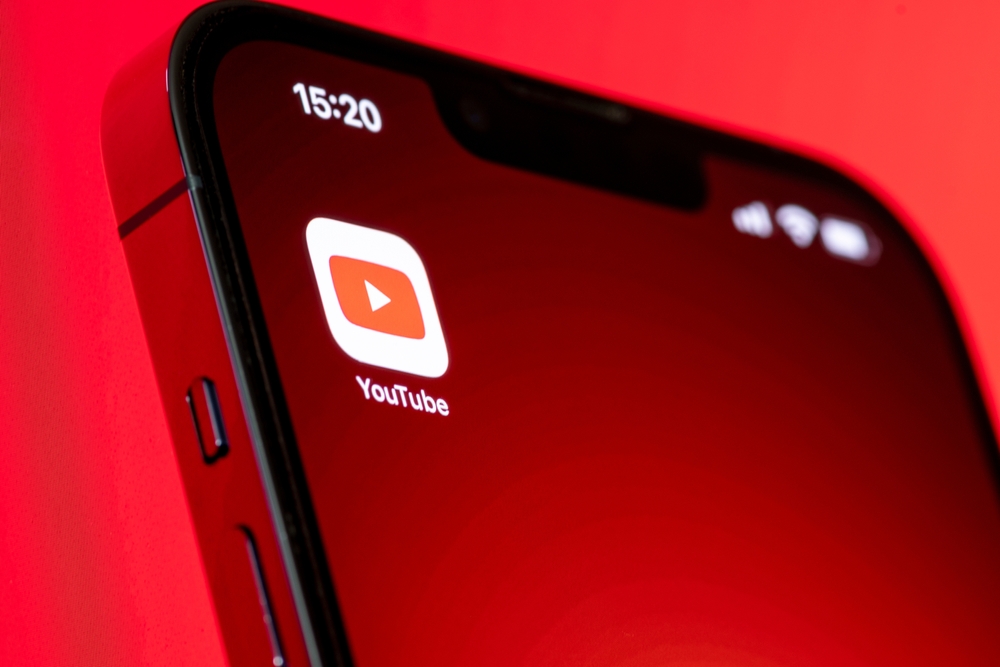YouTube showcased an array of AI-driven tools at the recent Made For YouTube event held in New York.
The tools range from AI video generators to AI-powered analytics and aim to simplify content creation and invigorate interest in YouTube amid TikTok’s inexorable rise and the ubiquity of short-form video.
“Generative AI will make that possible,” stated YouTube CEO Neal Mohan during his keynote.
It’s looking like a bit of a motley crew of tools that will be released through late 2023 and 2024 – and they’ll probably change YouTube forever.
So, what are these new AI tools?
Dream Screen
Topping YouTube’s list of announcements was “Dream Screen,” likely to be released next year.
This innovative generative AI tool enables creators to input a visual concept, and within moments, Dream Screen will produce videos or video backgrounds. Demonstrations at the event highlighted its capability to produce cleaner visuals compared to other AI video generators.
Dream Screen looks like a fascinating feature that fits into the generative AI paradigm.
However, some are concerned that Dream Screen – combined with YouTube Create – will flood YouTube with low-quality content.
YouTube was recently blasted by the BBC for recommending AI-generated videos promoting misinformation to children.
YouTube Create
YouTube also unveiled four additional AI-centric tools, three of which will be integrated into YouTube Studio next year.
The fourth, named YouTube Create, is a new creator app available in beta starting today for Android users in the US, UK, France, Germany, South Korea, Indonesia, India, and Singapore. An iOS version is expected next year.
YouTube Create, seen as YouTube’s response to TikTok’s CapCut, is not just for short videos on YouTube Shorts – it’s also designed for long-form content.
Specifically, this app allows creators to edit videos, remove background noise, auto-generate captions, and incorporate royalty-free music. Once editing is complete, videos can be seamlessly uploaded to YouTube.
Not groundbreaking, but it does signal YouTube’s transition to a more app-enabled, portable user experience.
One of the app’s specific AI-powered features is “Find Beats,” which automatically identifies “interesting” segments in a song, assisting creators in syncing their videos to music.
AI-driven dubbing
Next year will also see the introduction of AI-generated dubbing powered by “Aloud,” a feature YouTube has been testing with select creators.
This tool automatically translates videos into multiple languages, integrating these options directly into the video settings. Notably, the AI dubbing will not voice-clone the creator or modify the video to match the dubbed voice.
There’s also an AI Insights tool that will help creators find inspiration and craft new ideas based on data-driven insights.
Generative AI-infused products pick up pace
Generative AI is finding its way into more products. Amazon recently announced a new generative AI-infused version of Alexa, and Apple chose to integrate some complex (albeit not generative) AI features into the iPhone 15 series.
YouTube’s new features follow updates to Google Bard, with many speculating that Google is nearing an official announcement of a new AI project called Gemini.
It seems like Google is moving to take the upper hand in the AI industry. However, OpenAI also recently announced forthcoming DALL-E integrations into ChatGPT – so the generative AI race is far from slowing.





